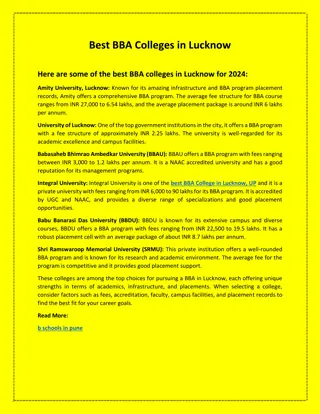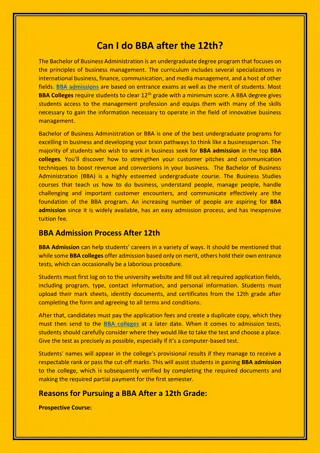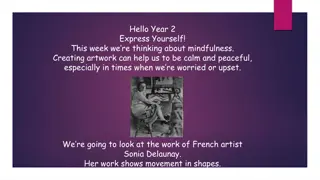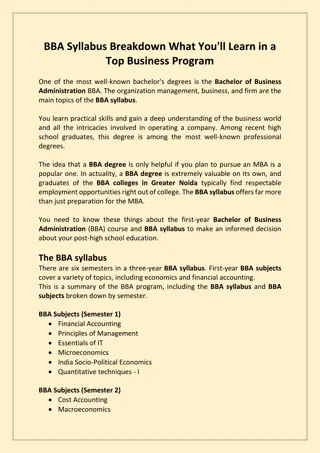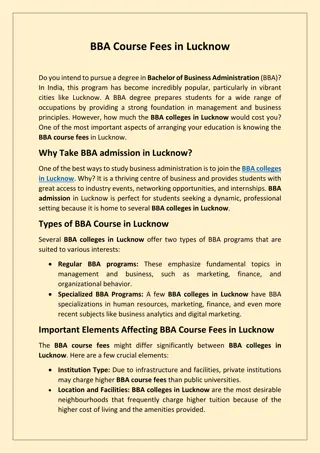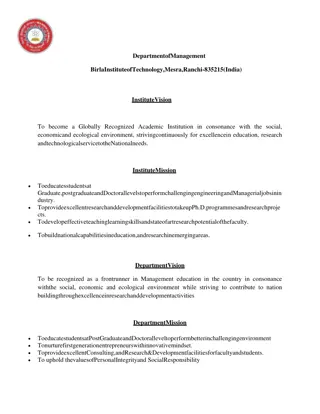
Interpersonal Communication in Human Behavior at Work
Explore the importance of interpersonal communication in the workplace as a key aspect of human behavior. Learn about the process, definitions, and components of communication that influence interactions among individuals. Discover how communication shapes relationships and impacts organizational effectiveness.
Download Presentation

Please find below an Image/Link to download the presentation.
The content on the website is provided AS IS for your information and personal use only. It may not be sold, licensed, or shared on other websites without obtaining consent from the author. If you encounter any issues during the download, it is possible that the publisher has removed the file from their server.
You are allowed to download the files provided on this website for personal or commercial use, subject to the condition that they are used lawfully. All files are the property of their respective owners.
The content on the website is provided AS IS for your information and personal use only. It may not be sold, licensed, or shared on other websites without obtaining consent from the author.
E N D
Presentation Transcript
CLASS : BBA II (SEM. - IV) SUBJECT : HUMAN BEHAVIOUR AT WORK TOPIC : INTERPERSONAL COMMUNICATION DEPT. OF COMMERCE AND MANAGEMENT PRODUCED BY : PROF. SONIA DHINGRA I. B. (PG) COLLEGE, PANIPAT AFFILIATED TO KURUKSHETRA UNIVERSITY KURUKSHETRA
COMMUNICATION The word communication is derived from Latin word communis , which means common. It is the process of exchanging information ,ideas, thoughts, feelings, emotions through speech, signals, Communication is the effective sharing or transmission of facts, opinions or emotions by two or more people. The three basic elements of communication are: writing and behaviour. The Sender The message The receiver
DEFINITIONS According to Aristotle: Communication is a means of persuasion to influence other so that desired effect is achieved. Webster s Dictionary: Communication is a process by which information is exchanged between individuals through a common system of symbols and signs of behaviour. Robert Andersion: Communication is interchange of thoughts, opinions or information by speech, writing or signs.
Communication is a process of exchanging verbal and non verbal messages. It is a continuous process. The main components of communication process are as follows: 1. Context : Communication is affected by the context in which it takes place. This context may be physical , social, chronological or cultural. Every communication proceeds with context. 2. Sender/ Encoder : Sender is a person who sends the message. A sender makes use of symbols (words or graphic or visual aids) to convey the message and produce the required response.
PROCESS OF COMMUNICATION 1. CONTEXT 2. 8. SENDER FEEDBACK 7. 3. DECODING MESSAGE 4. 6. ENCODING RECEIVER 5. MEDIUM
3. Message : Message is the key idea that the sender wants to communicate. It must be ensured the main objective of the message is clear. 4. Encoding(Communication Symbol) : The process of conversion of subject matter into symbols is called encoding. The message or subject matter of any communication is always abstract and intangible. Transmission of message requires use of certain symbols. 5. Medium : Medium is a means used to exchange/transmit the message. For instance- Written medium is chosen when a message has to be conveyed to a small group of people, while an oral medium is chosen when spontaneous feedback is required from the recipient as misunderstandings are cleared then and there.
6. Receiver/ Decoder : Receiver is a person for whom the message is intended/aimed/targeted. The degree to which the decoder understands the messages dependent upon various factors such as knowledge of receiver, there responsiveness to the message, and the reliance of encoder and decoder. 7. Decoding : It is the process of translation of an encoded message into ordinary understandable language. Receiver converts the symbols, words or signs received from the sender to get the meaning of the message. 8. Feedback : Feedback is the main component of communication process as it permits the sender to analyse the efficacy of the message. It helps the sender in confirming the correct information of message by the decoder. Feedback may be verbal(through words) or non-verbal(through body language). It may take written form also in form of memos, reports etc.
MEANS OF COMMUNICATION VERBAL NON-VERBAL COMMUNICATION COMMUNICATION ORAL WRITTEN COMMUNICATION SIGNS, SYMBOLS, BODY LANGUAGE COMMUNICATION
VERBAL COMMUNICATION Verbal communication is refers to the form of communication in which message is transmitted verbally, communication is done by word, mouth and a piece of writing. Objective of every communication is to have people understood what we are trying to convey.
ORAL COMMUNICATION : In oral communication, Spoken words are used. It includes face to face conversations, speech, telephonic conversation, video, radio, television, voice over internet. In oral communication, communication is influence by pitch, volume, speed and clarity of speaking. WRITTEN COMMUNICATION : In written communication, written signs or symbols are used to communicate. A written message may be printed or hand written. In written communication message can be transmitted via email, letter, report, memo etc. Message in written communication, is influenced by the vocabulary & grammar used, writing style, precision and clarity of language used.
NON-VERBAL COMMUNICATION Nonverbal Communication = Communication Without Words Nonverbal communication is a process of communication through sending and receiving wordless messages. We use body language, gestures, postures, facial expressions, eye contact etc. in non-verbal communication. The verbal and nonverbal communication are interconnected and they operate together in communication
MODELS OF COMMUNICATION Models are symbolic representations of structures, objects or operations. They are useful theoretical constructs that are frequently used in social sciences for explanatory purposes. They may be used to show the size, shape or relationship of various parts or components of an object or process. A model may also be useful in explaining the working of a system
ARISTOTLES MODEL According to Aristotle, Communication has three ingredients: Speaker - The person who speaks. 1. Speech - The speech that the individual produces. 2. Audience - The person who listens. 3.
SHANNON - WEAVERS MODEL Also called as mathematical model of communication. According to them, communication includes ; 1. Source 2. Transmitter 3. Signal 4. Receiver 5. Destination Compared with the Aristotelian model, the source is the speaker, the signal is the speech and the destination is the audience, plus two added ingredients, it transmits which sends out the source s message and a receiver which catches the message for the destination.
BERLOS MODEL According to Berlo (1960)the model of communication consists of 1. Source 2. Encoder 3. Message 4. Channel 5. Decoder 6. Receiver Code is a system of signals for communication. Encode means to put the message in to code. Channel means the medium through which the signals move, the decoder means which converts the message in the code in to ordinary language which may be easily understood.


